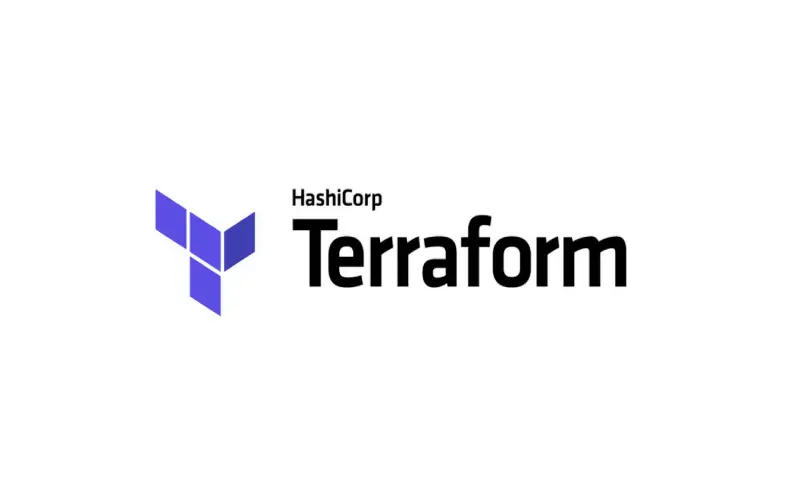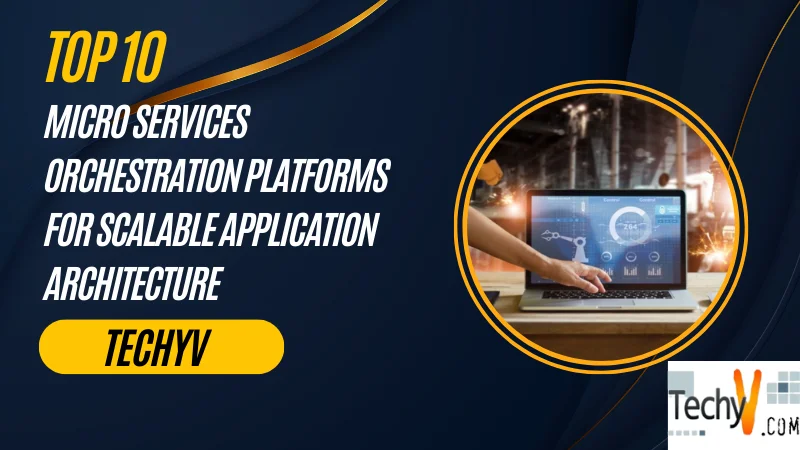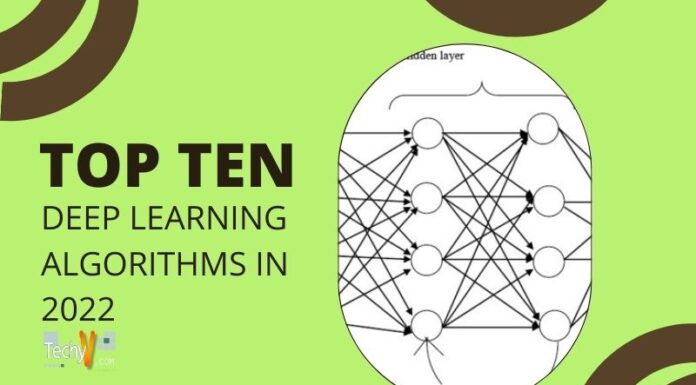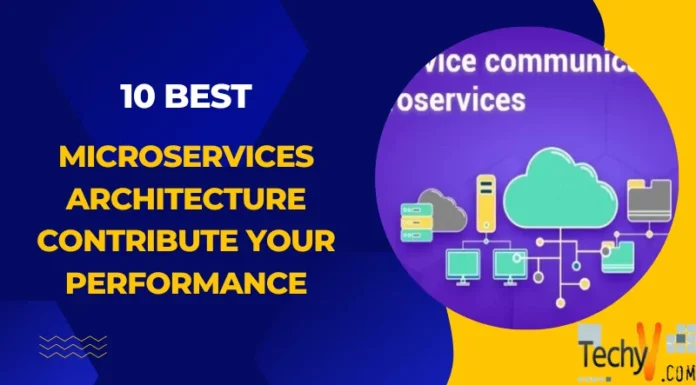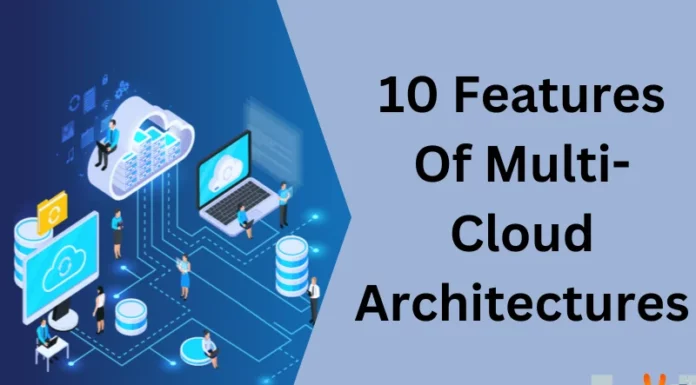The paradigm shift to Micro Services Architecture (MSA) marked a watershed moment for streamlining application building while enabling agile development, easy maintenance, and fault isolation during continuous, scalable product deployment. Prevalent in currently distributed architectures, resilient microservices permit dedicated teams of varied skill sets to take ownership of managing specific modular components that are loosely coupled and collaborate seamlessly through light protocols. Leveraging major public Cloud providers like AWS, and Azure allows teams to orchestrate modular microservices development around cost-efficient infrastructure for spanning multi-cloud platforms and hybrid environments and avoiding vendor lock-in. However, complex architectures demand intelligent management, coordination, and automation of microservices deployment, monitoring, security, and scaling priorities for handling fluctuating traffic spikes. Resilient microservices architectures drive complexity that can cripple systems lacking scalable infrastructure. Designing robust, cloud-native orchestrators that easily plug in with other software delivery tools to automate spin-ups, integration tests, scalability tests, and container deployments becomes important for converting to MSA. Reviewing extensively tried-and-tested orchestration platforms prioritizing multi-cloud portability, container support, and API-based access helps development teams succeed with microservices architecture.
1. Microsoft Azure Automation
Azure Automation debuted as a cloud-based automation and configuration service on Microsoft Azure. Allowing infrastructure automation through runbooks while managing system configuration changes, Automation evolved as an orchestrator handling microservices deployment too. Automation Runbooks automate tasks across Azure and non-Azure environments using PowerShell workflows. Python runbooks extend automation tasks that interface well with popular DevOps tools. However, Azure Automation lacks equivalent feature parity with advanced orchestrators below regarding templating and infrastructure-as-code approaches. Adopters wanting deeper Azure integration could utilize Automation capabilities alongside bicep, ARM templates, or Terraform on Azure though. Automation warrants evaluation primarily by Windows IT shops heavily invested in Microsoft Azure cloud.
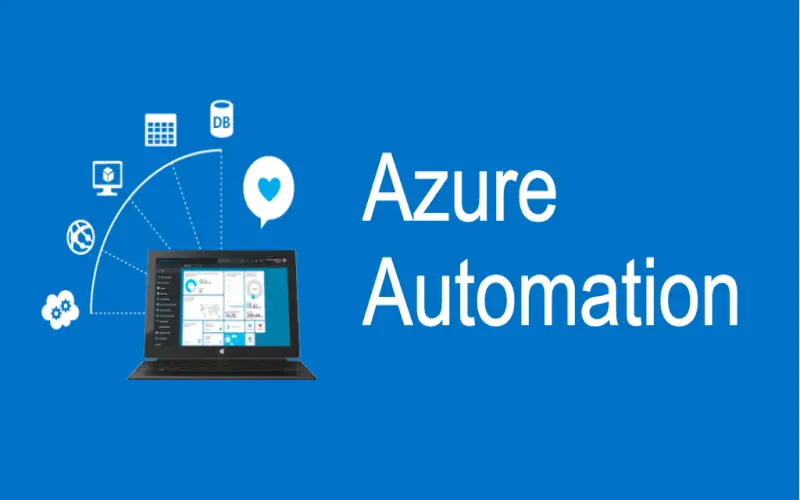
2. AWS CloudFormation
Premiering in 2011, CloudFormation pioneered infrastructure-as-code capabilities as one of the first microservices orchestrators purpose-built for AWS. YAML or JSON templates model architectures that translate into API calls for auto-provisioning AWS infrastructure repeatedly and reliably. Teams manage entire stacks of microservice infrastructure components declaratively without needing to individually configure disparate resources across VPCs, security groups, instances, load balancers, etc. Loosely coupled microservices shine through CloudFormation by easily adding or removing resources independently.

3. BehrTech
As a commercial spinoff from Netflix, open source Spinnaker CD foundation, Behstech Orchestra continues innovating around next-gen microservices CD needs. Orchestra emphasizes AI-assisted workflows, policy policy-driven governance. pipeline templating and automation. Multi-cloud portability helps teams avoid vendor lock-in through infrastructure neutrality across AWS, Azure, Google Cloud, OpenStack, Kubernetes, and VMware. Orchestra warrants evaluation particularly by enterprises wanting greater CD sophistication, and leverage of machine learning capabilities applied to software delivery efficiency.

4. Spring Boot
The premier Java framework for building microservices, Spring Boot simplifies complex Java EE configurations through autoconfiguration and embedded containers. Annotation-driven programming model enabled by Spring Framework helped revolutionize Java development. Spring Boot builds upon successes in modernizing cumbersome Java builds by embedding Tomcat servers while autoconfiguring components needed for web applications, data access, security, etc. Developers avoid wasting time on configuring infra pieces manually. As Java still dominates backend services on-premises or in the cloud, Spring Boot does facilitate transitioning monolithic apps into modular microservices leveraging a mature Spring ecosystem.
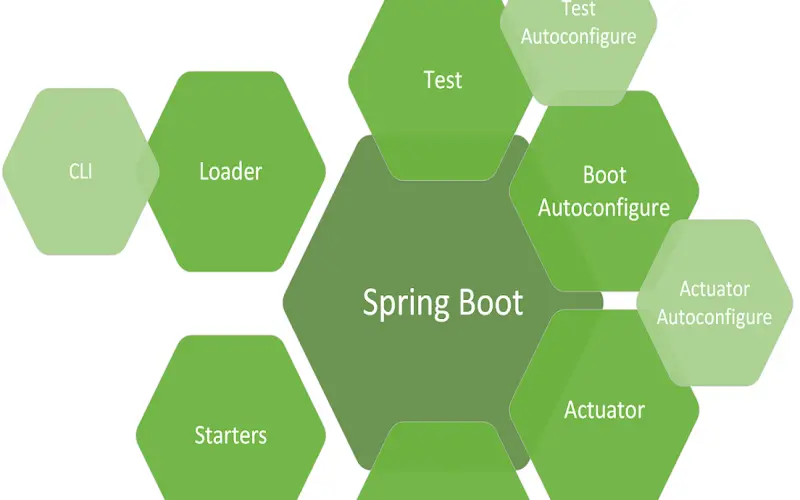
5. Eclipse Vert.x
Supporting reactive programming for building light, robust microservices that scale, Eclipse Vert.x offers a polyglot framework running on the Java Virtual Machine. Vert.x core enables event-driven, nonblocking architectures to handle versatile workloads – useful for modern web, mobile, and IoT applications. Deployment runs as simple jar files or Docker containers. Integrations exist for AWS Lambda, and Azure functions demonstrating cloud portability. For groups invested heavily in Java, Vert.x does present a path forward toward microservices without rewriting everything.
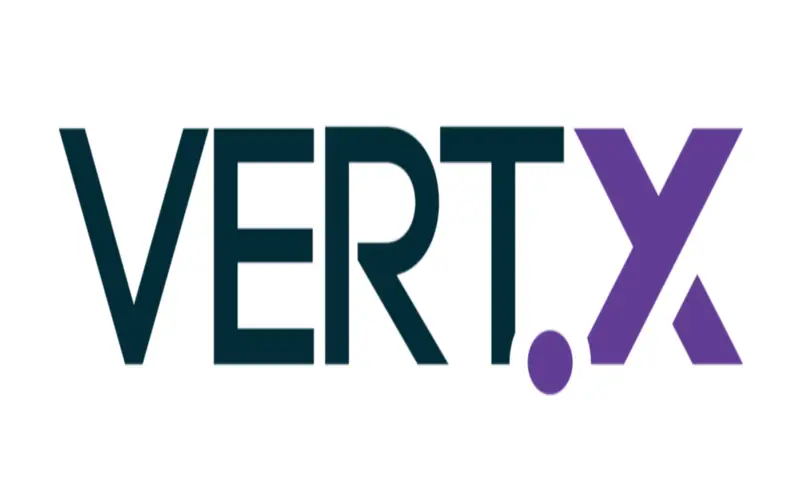
6. Kubernetes
No discussion around microservices proves complete without mentioning Kubernetes orchestration. Dominant industry standard for containerized deployment, and management, Kubernetes decentralizes monolithic applications into microservices-based application stacks. Automated container deployment, scaling, and load balancing help development teams focus on writing resilient services instead of infrastructure management. YAML declarations state the desired infrastructure environment enabling infrastructure-as-code principles.

7. Ansible
Agentless configuration management platform Ansible facilitates IT automation through easy-to-read YAML playbooks. Ideal for provisioning, and configuring infrastructure, Ansible gained immense popularity in implementing infrastructure-as-code capabilities predating immutable infrastructure norms today. Appropriate for automating operational tasks across microservices stacks too. Playbooks handle everything from basic installation, and configuration to full application deployments combining roles spread across hosts into environments. However, Ansible rates lower against sophisticated orchestrators purpose-built for microservices architectures regarding scaling and containerization.
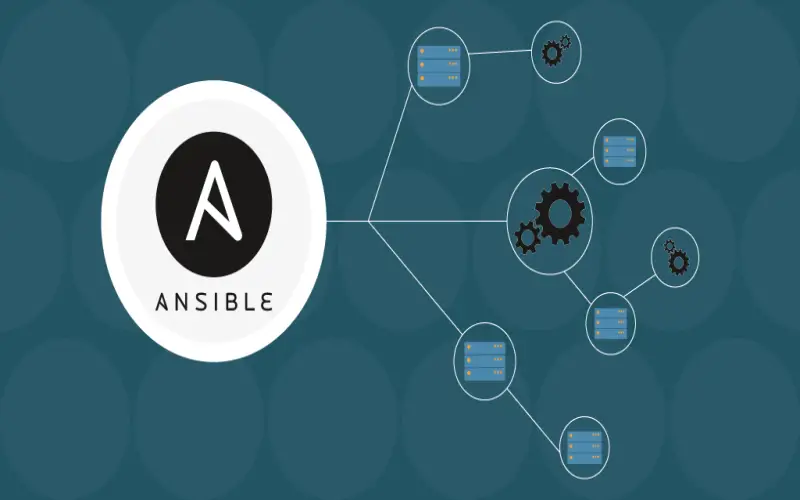
8. Puppet
Leading cross-platform, open source configuration management tool Puppet helps sysadmins enforce system configuration consistently across infrastructure. Simpler domain-specific language alongside model-driven design allows admins to manage discrete chunks of infrastructure code modularly. Varied support across Linux, Windows, and networking devices, Puppet can reliably configure base images speeding up microservices deployment. Integrations with DevOps pipelines around testing and delivery supplement infrastructure automation use cases although not a holistic orchestrator replacement. Puppet does suit some microservices deployment automation tasks but warrants pairing with true MSA orchestrators above.

9. SaltStack
Infrastructure automation and event-driven orchestration engine SaltStack configures IT environments at scale rapidly. Agentless architecture allows remote execution for provisioning, and patch management tasks well suited to microservices infrastructure deployment too. Jinja templating engine facilitates infrastructure-as-code for modeling infrastructure builds consistently. Python API enables infrastructure automation integration natively with Python-driven CI/CD pipelines. Less vendor-specific than Azure Automation or AWS CloudFormation. However also rates lower than holistic microservices orchestrators lacking equivalent focus around full stack deployment, containerization, and scaling.

10. Terraform
Top choice for provisioning, and maintaining cloud infrastructure through infrastructure-as-code principles. HashiCorp developed open-source Terraform models cloud architectures that translate into API calls managing infrastructure lifecycles declaratively. Supports a comprehensive list of providers – AWS, Azure, Google Cloud, Kubernetes, and OpenStack. Microservices architectures achieve real portability across cloud vendors through Terraform improving uptime and DR preparations. Managed services like Terraform Cloud enable collaboration around infrastructure builds while protecting sensitive secrets.
